We are currently a team of six PhD students, co-supervised PhD students, MSc by research, undergrad dissertation students and collaborators. To join “Team Shrub”, contact Isla Myers-Smith! Check out PostDoc and PhD opportunities here.
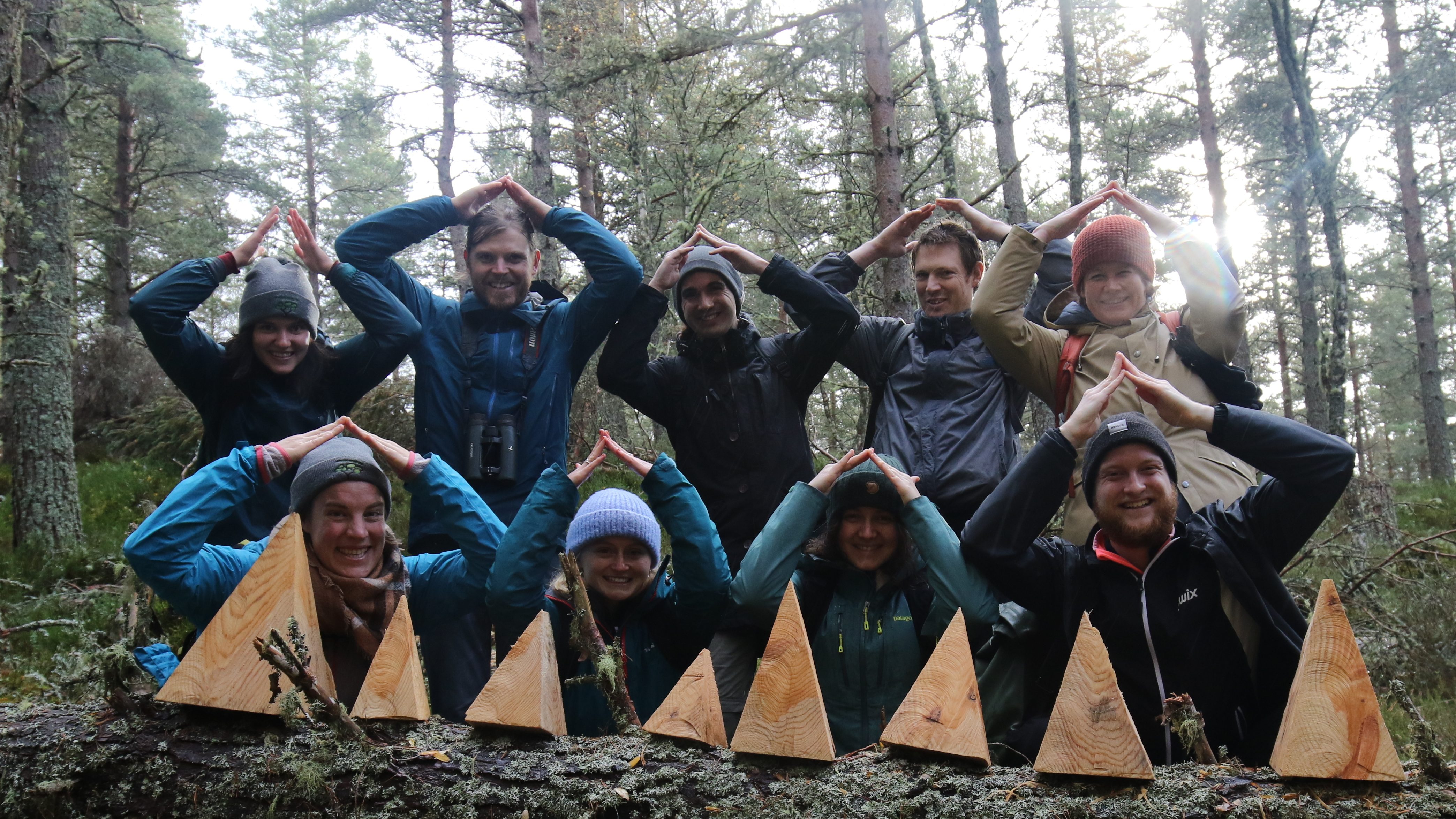
Team Leader
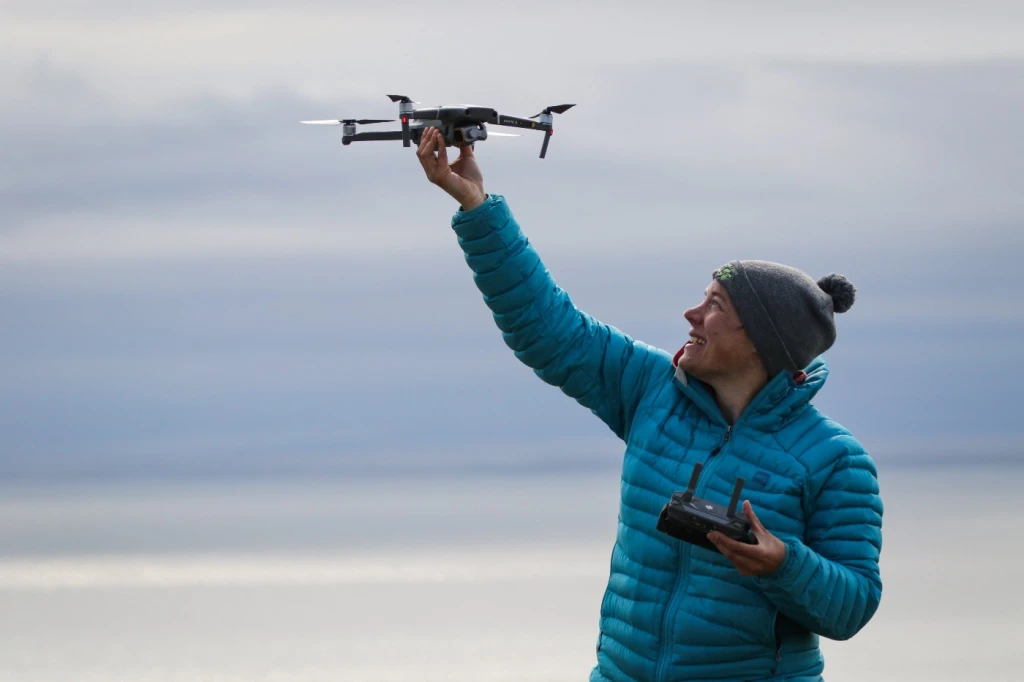
Prof. Isla H. Myers-Smith
Department of Forest & Conservation Sciences, Faculty of Forestry, University of British Columbia
Global Change Research Institute, School of GeoSciences, University of Edinburgh
e-mails: isla.myers-smith (at) ubc.ca, isla.myers-smith (at) ed.ac.uk
I am a global change ecologist and a Canada Excellence Research Chair from the University of British Columbia. I study how ecosystems are responding as the planet warms in the Arctic and beyond. I use tools from measuring tapes to drones to capture the impacts of climate change on tundra ecosystems. I have been working for two decades conducting field research in the Yukon Territory in northwest Canada. I also work collaboratively to synthesize data from sites across the tundra biome. I work with Northern partners and Indigenous communities in my research. I also explore how to communicate scientific findings and the impacts of climate change to broad audiences.
Postdocs
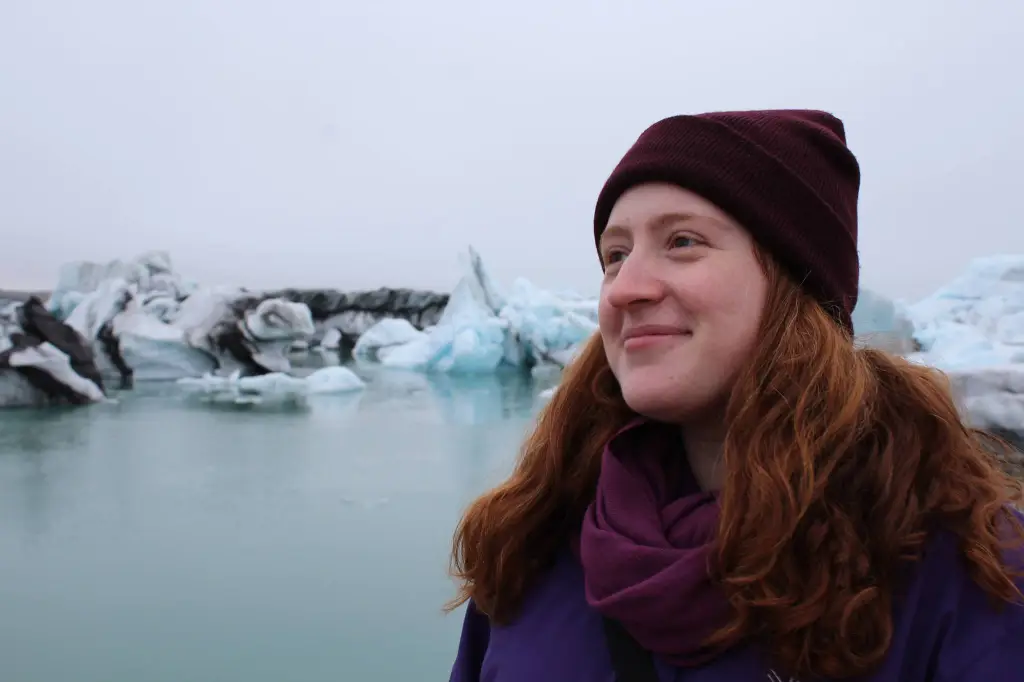
Dr. Mariana García Criado
CHARTER Project Postdoc in Tundra Biodiversity Change
School of GeoSciences, University of Edinburgh
email: mariana.garcia.criado (at) ed.ac.uk
Mariana investigates the responses of plant species to climate change in the tundra biome. She researches large-scale plant biodiversity patterns and trends, with a particular focus on distribution shifts, functional traits, and processes of Arctic change over time for both vascular and non-vascular plants.
PhD Students
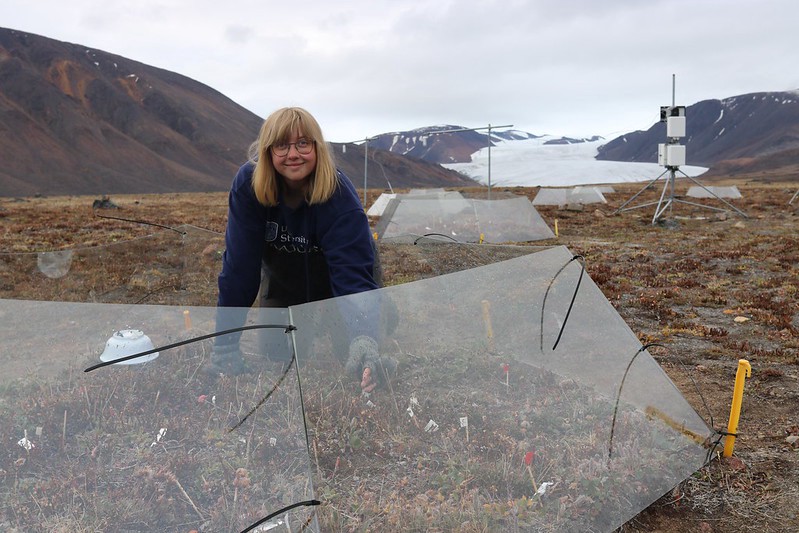
Dr. Elise Gallois
NERC E4 DTP PhD Graduate (April 2024)
School of GeoSciences, University of Edinburgh
email: elise.gallois (at) ed.ac.uk
For her PhD, Elise studied tundra ecosystem change across microclimates and spatial scales. She is exploring plant growth, phenology and above and below-ground productivity and phenology across tundra landscapes. Elise is a part of the Coding Club Team.
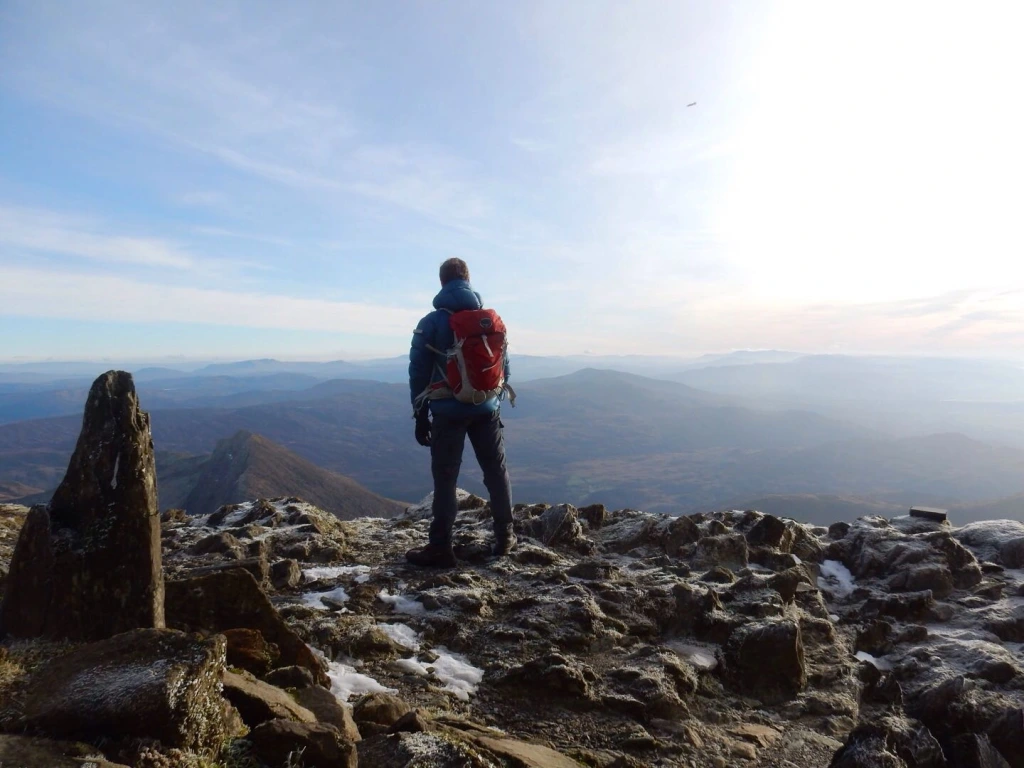
Joseph Everest
NERC E4 DTP PhD Student
School of GeoSciences, University of Edinburgh
email: joseph.everest (at) ed.ac.uk
Joe is exploring tundra functional diversity change across the tundra biome and the drivers of biodiversity change including thermophilisation. Joe is a part of the Coding Club Team.
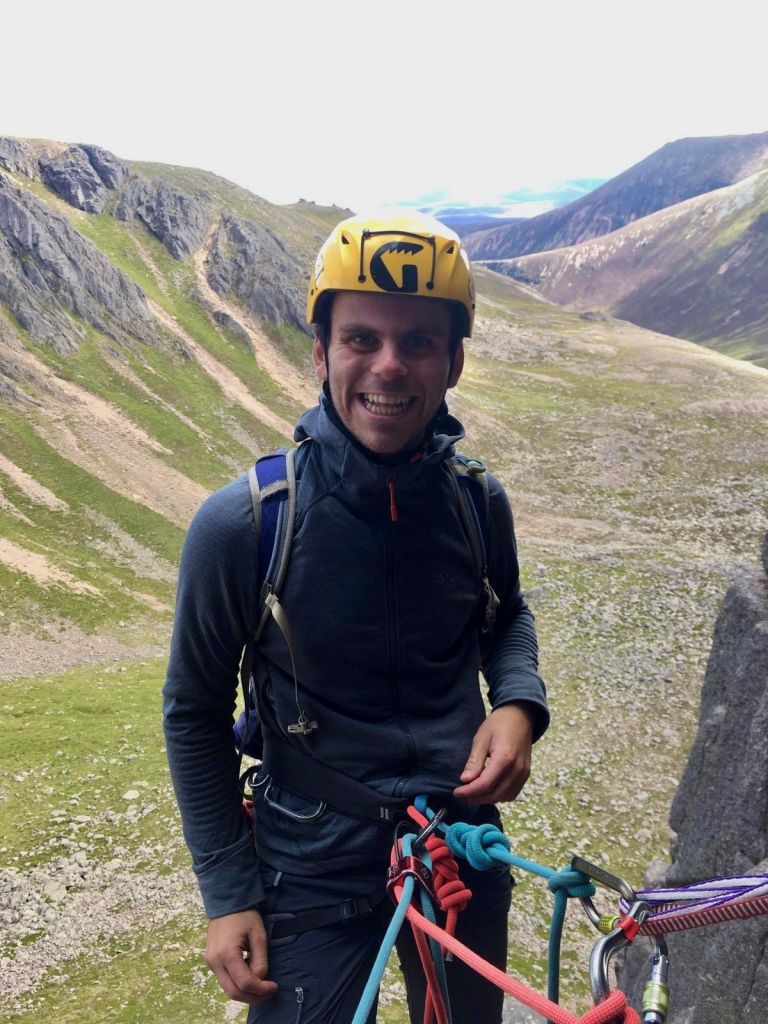
Calum Hoad
SENSE NERC CDT PhD Student
School of GeoSciences, University of Edinburgh
email: calum.hoad (at) ed.ac.uk
Calum studies Arctic greening and the influence of snow melt dynamics and permafrost thaw disturbances on greening trends across scales.
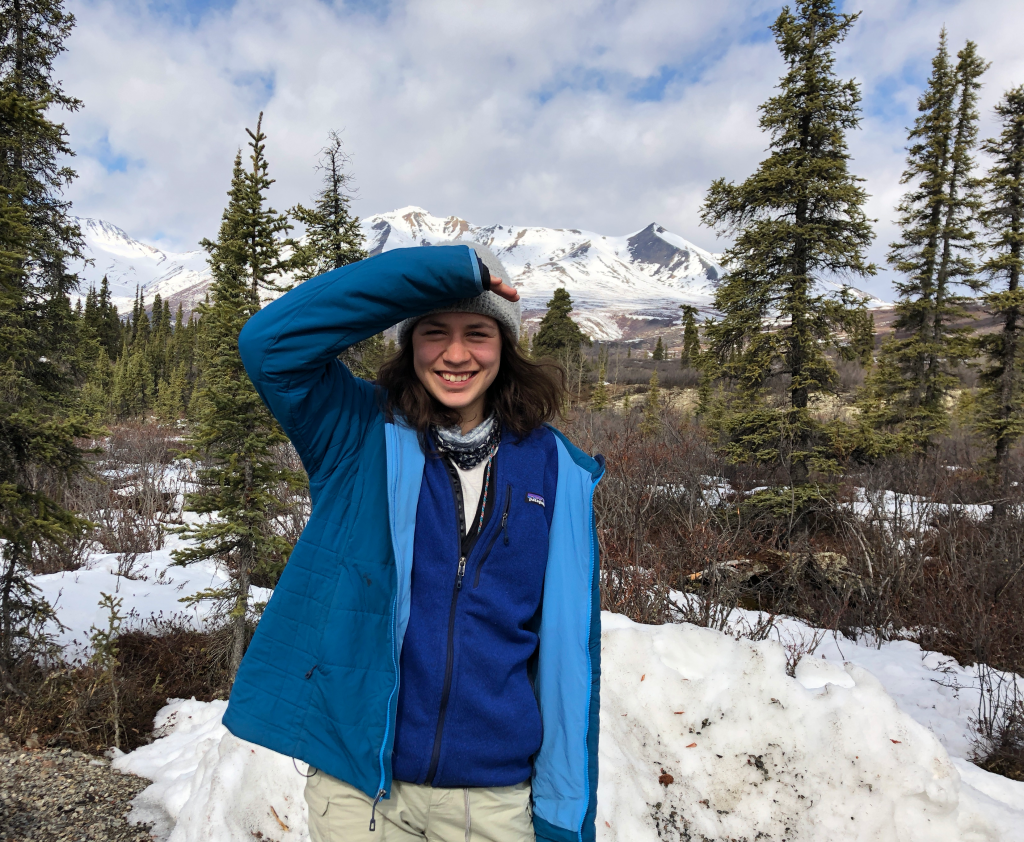
Madelaine Anderson
Canadian Airborne Biodiversity Observatory PhD Student
Département de Biologie, Université de Sherbrooke
email: madelaine.anderson (at) usherbrooke.ca
Madelaine studies tundra plant spectral signatures and how they relate to tundra plant phenology, traits and biodiversity.
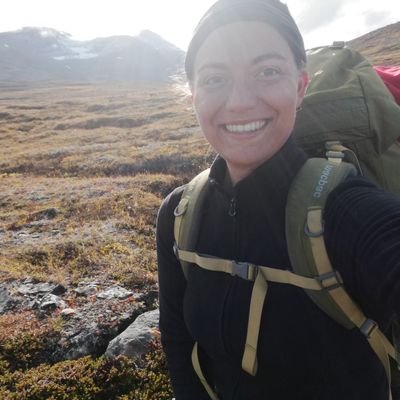
Geerte de Jong
PhD Student (co-supervised)
Department of Biological & Environmental Sciences
University of Gothenburg
Co-supervised by Anne Bjorkman
Geerte is studying tundra phenology and traits and how they vary across microclimates.
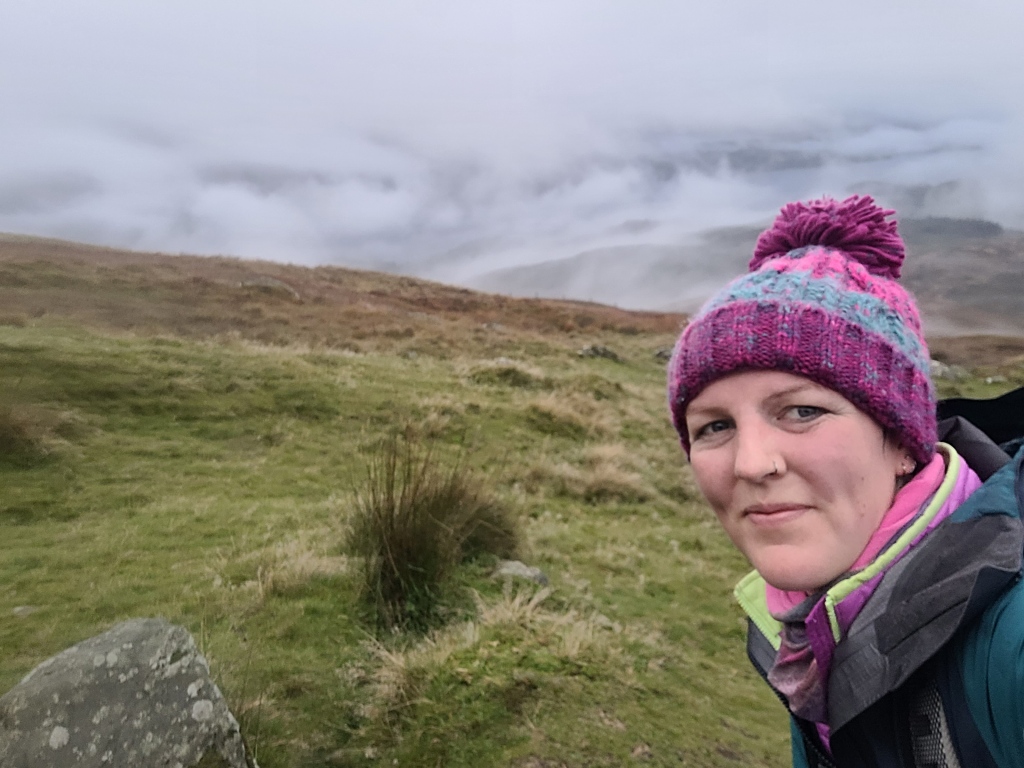
Lisa Pilkinton
NERC E4 DTP PhD Student (started October 2023)
School of GeoSciences, University of Edinburgh
Co-supervised by Clauida Colisie
Lisa studies plant-soil interactions in the Arctic Tundra, looking at different mycorrhizal communities associated with the plants expanding across the Arctic biome with warming.
MSc Students
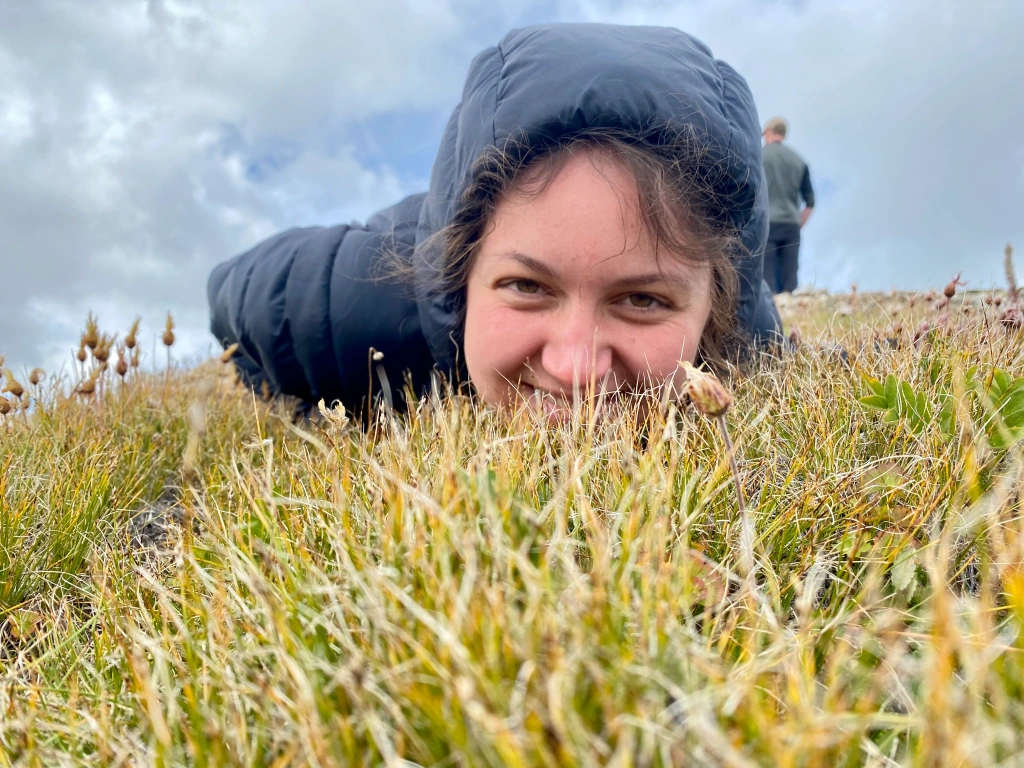
Erica Zaja
MSc by Research Student, funded by the Canadian Mountain Network
School of GeoSciences, University of Edinburgh
Email: Erica.Zaja (at) ed.ac.uk
Erica studied how climate warming is driving vegetation change and shifting plant phenology, reshaping wildlife habitats. She is forming predictions on rates and magnitudes of shrubification in the Porcupine caribou summer range, incorporating growth rates from a common garden willow experiment. Erica was field assistant in 2022.
Erica was part of the Coding Club Team.

Diana Jerome
MPhil Graduate, University of Edinburgh and University of Helsinki Partnership Programme on Forests
School of GeoSciences, University of Edinburgh
Department of Forest Sciences, University of Helsinki
email: Diana.Jerome (at) ed.ac.uk
Diana studied shrub growth, phenology and ecophysiology across the ecotone from the boreal forest to the tundra.
Undergrad Students
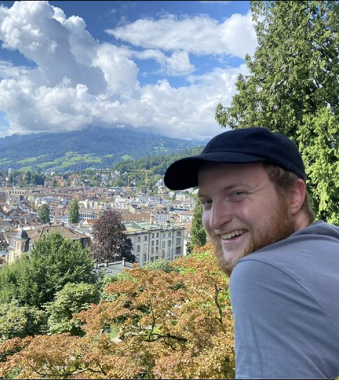
Jiri Subrt
Undergraduate Dissertation Student
School of Geosciences, University of Edinburgh
Jiri is studying how different climate variables affect vegetation changes on Qikiqtaruk-Herschel Island and High Arctic tundra locations. He is also part of the Coding Club team.
Former PostDocs
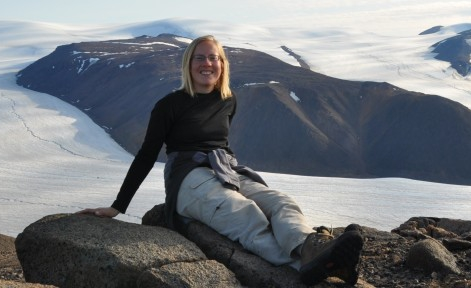
Dr. Anne Bjorkman
University of Gothenburg
Tundra Trait Team
Anne worked with the sTUNDRA Working Group to explore climate as a driver of tundra vegetation change. In particular, Anne explores biogeographic patterns in plant traits and community-weighted trait change over time in tundra plant communities. Anne is now a senior lecturer/associate professor at the University of Gothenburg.
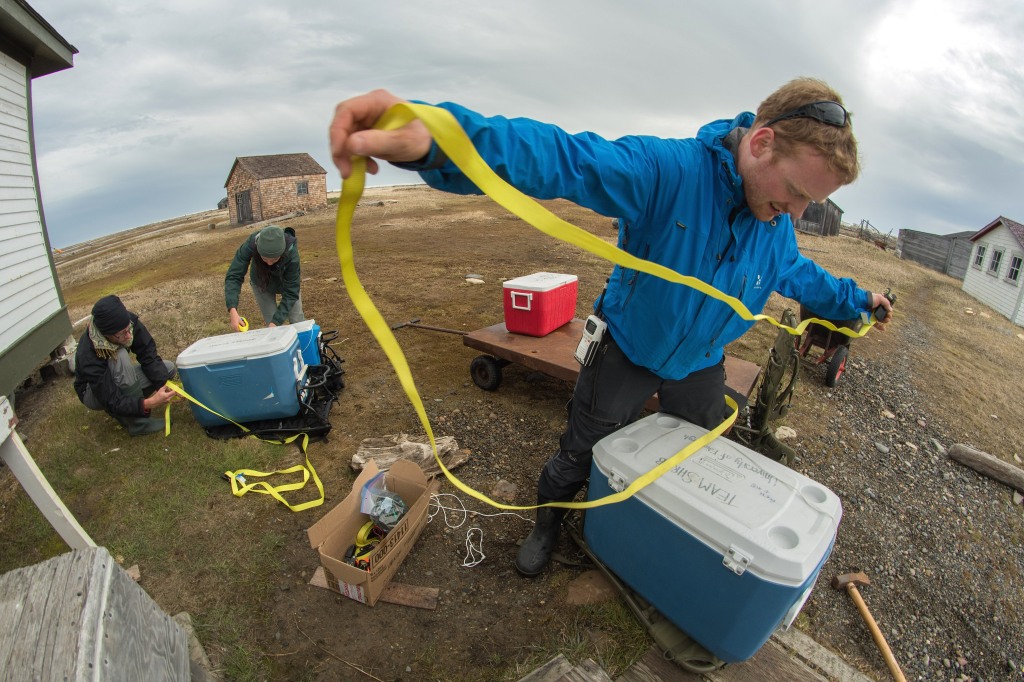
Dr. Andrew Cunliffe
University of Exeter
Global Drone Allometry
Andy used drone-acquired data to bridge the scale gaps between ground- and space-based observations, to advance understanding of remotely sensed records of tundra vegetation change. Andy is now a Oppenheimer Senior Research Fellow and African Landscape Systems Programme Leader at the University of Exeter.
Former PhD Students

Dr. Mariana García Criado
Principal’s Career Development Scholarship (2017 – 2022)
Mariana investigates the responses of plant species to climate change in the tundra and beyond. She studies shrub distribution shifts, identifying which traits make species most susceptible to shrubification and what impacts vegetation change is having on tundra biodiversity.
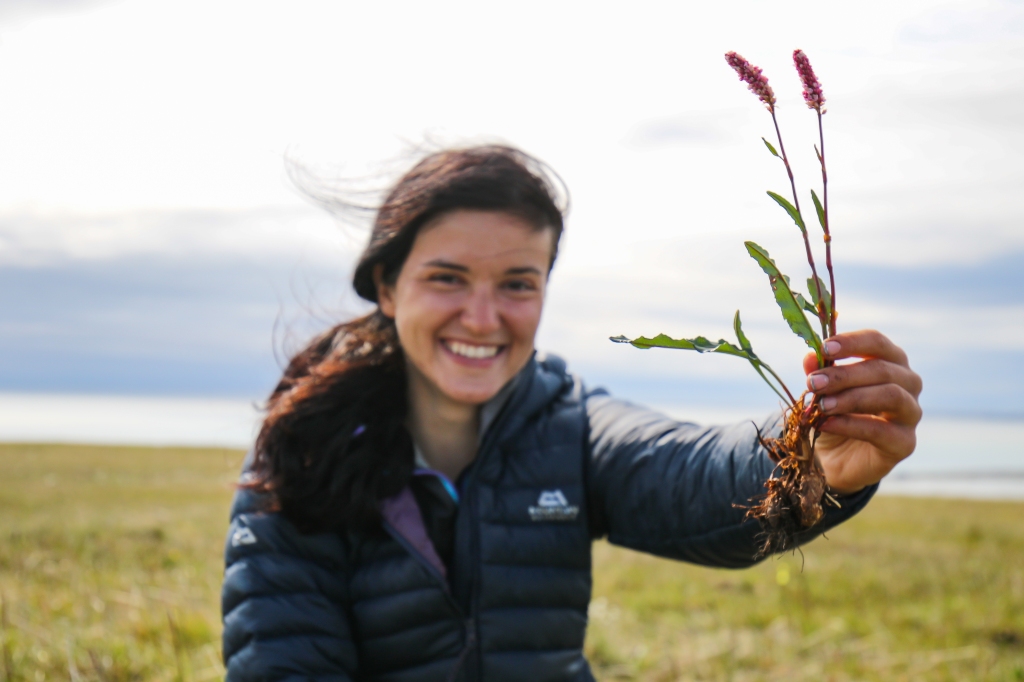
Dr. Gergana Daskalova
Carnegie and NERC E3 DTP PhD Student (2017 – 2021)
Co-Supervisors: Maria Dornelas and Anne Bjorkman
email: gndaskalova (at) gmail.com
Gergana studies land use change as a driver of biodiversity change on local and global scales. She coordinates Coding Club – a peer-to-peer initiative developing skills in statistics and programming. Gergana is now a Schmidt Science Fellow at the International Institute for Applied Systems Analysis.
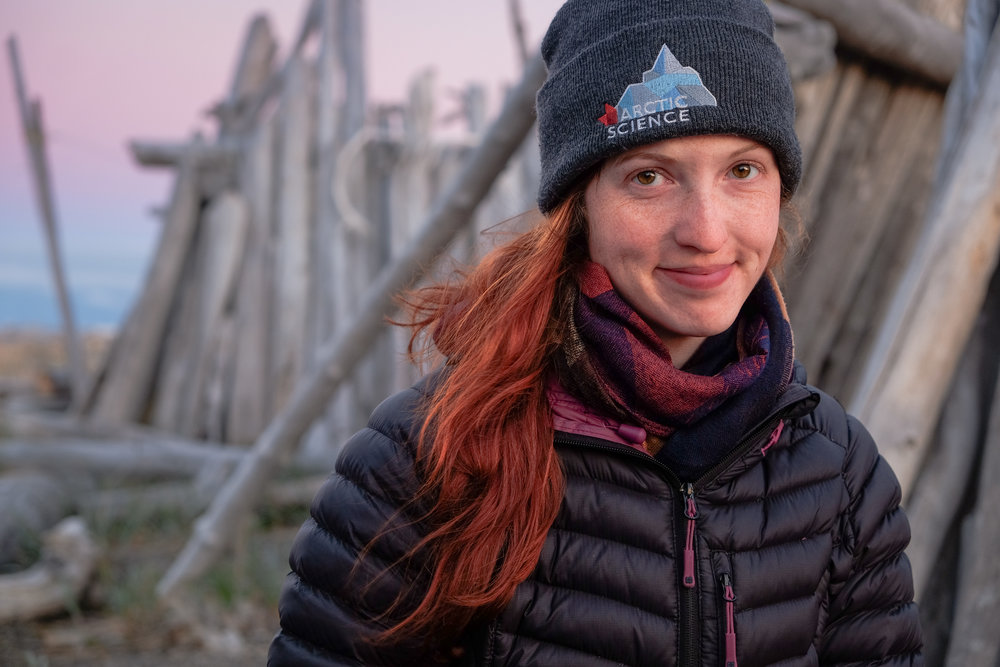
Dr. Sandra Angers-Blondin
NSERC/CSRNG PhD student (2014 – 2018)
Sandra explored the influence of competition on the growth of shrubs at tundra sites across Canada. She is using a canopy removal experiment and mapping shrub plots to look at the influence of neighbours on the climate sensitivity of individuals, using growth-ring analyses. She also conducts germination experiments to investigate potential biotic constraints to shrubline advance. Sandra was also part of the Coding Club Team. Sandra is now a Data Scientist at Liverpool John Moores University.

Dr. Haydn Thomas
NERC E3 DTP PhD Student (2014 – 2018)
Haydn studied the drivers and rates of tundra vegetation change, and the impacts this will have on decomposition rates and carbon cycling. He is combining long-term vegetation monitoring, plant trait data, a litter experiment and a common garden experiment. Haydn is now a Programme Manager at the Environment and Forestry Directorate of the Scottish Government.
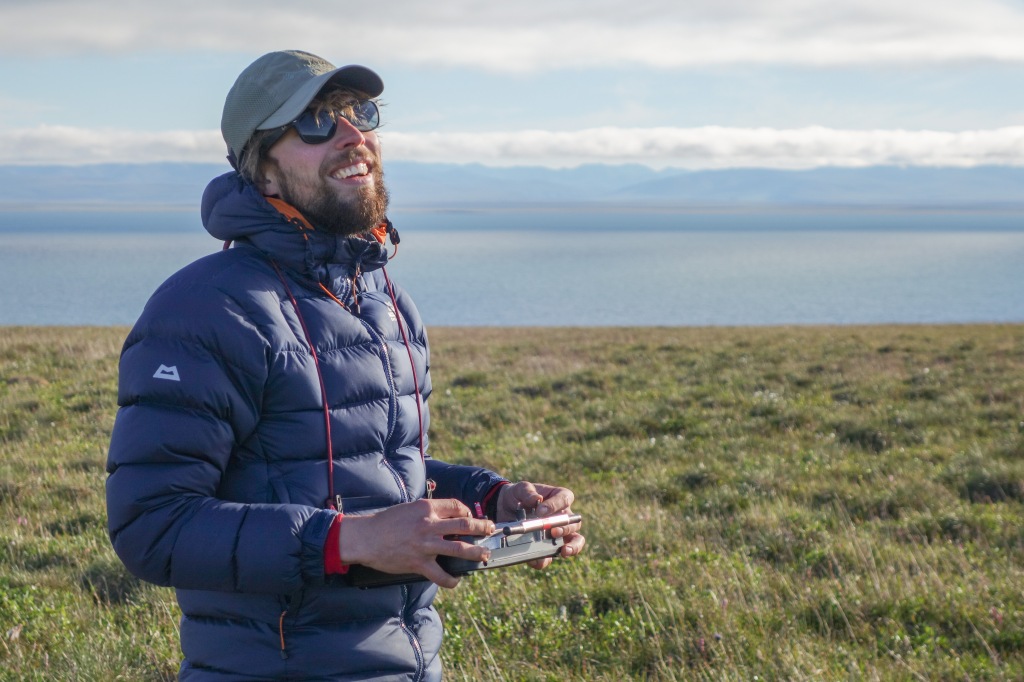
Dr. Jakob Assmann
NERC E3 DTP PhD Student (2014 – 2018)
School of Biological Science, University of Edinburgh
Co-Supervison with Ally Phillimore and Richard Ennos
Jakob studied the controls of plant phenology change and tundra greening across spatial scales and the potential importance of local adaptation on plant phenology across latitudinal gradients. Jakob is now a postdoctoral researcher at Aarhus University in Denmark.
Former MSc Students

Lisa Pilkinton
MRes Ecology and Environmental Biology Student
School of Medical, Veterinary and Life Science, University of Glasgow
Co-supervised by Isla Myers-Smith (University of Edinburgh) and Lucy Gilbert (University of Glasgow)
email: 2704804P (at) student.gla.ac.uk
Lisa studies plant-soil interactions in the Arctic Tundra, looking at different mycorrhizal communities associated with the plants expanding across the Arctic biome and the implications for the Carbon and Nitrogen cycle
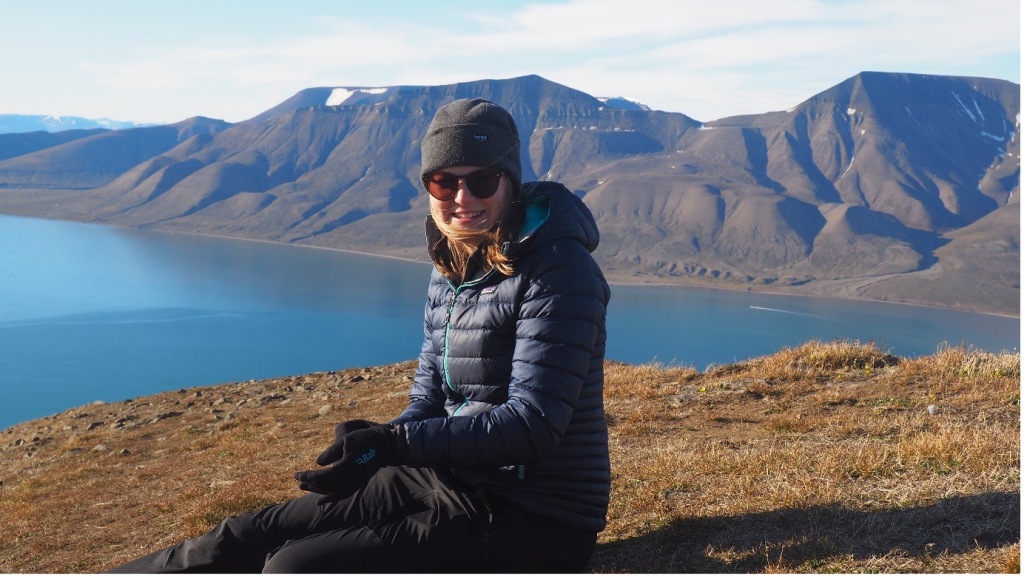
Lia Lechler
MSc Earth Observation and Remote Sensing Student
School of Geosciences, University of Edinburgh
Co-supervised by Mathilde Le Moullec, NTNU Trondheim
email: L.lechler (at) sms.ed.ac.uk
Lia studies how Sentinel imagery can be used to analyse changes in plant productivity in the Arctic tundra of Svalbard. She is investigating whether concurrent NDVI trends can be found at satellite level and at plot level, and what effect basal icing has on these trends.
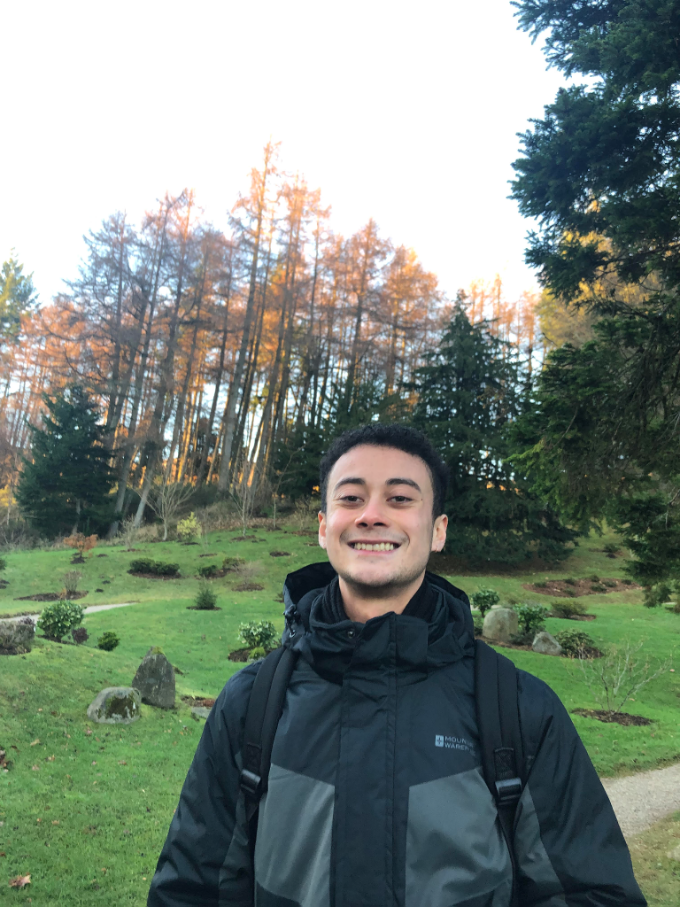
Naphon Olley
MSc Statistics Student
School of Mathematics and Statistics, University of Glasgow
Email: 2304463o (at) student.gla.ac.uk
Co-supervised by Isla Myers-Smith (University of Edinburgh) and Andy Seaton (University of Glasgow)
Naphon is studying the growth of shrubs in the Arctic using point process models, a spatial statistical method. He is focusing on the effects of how shrub-shrub interactions affect their characteristics (e.g., how they grow).
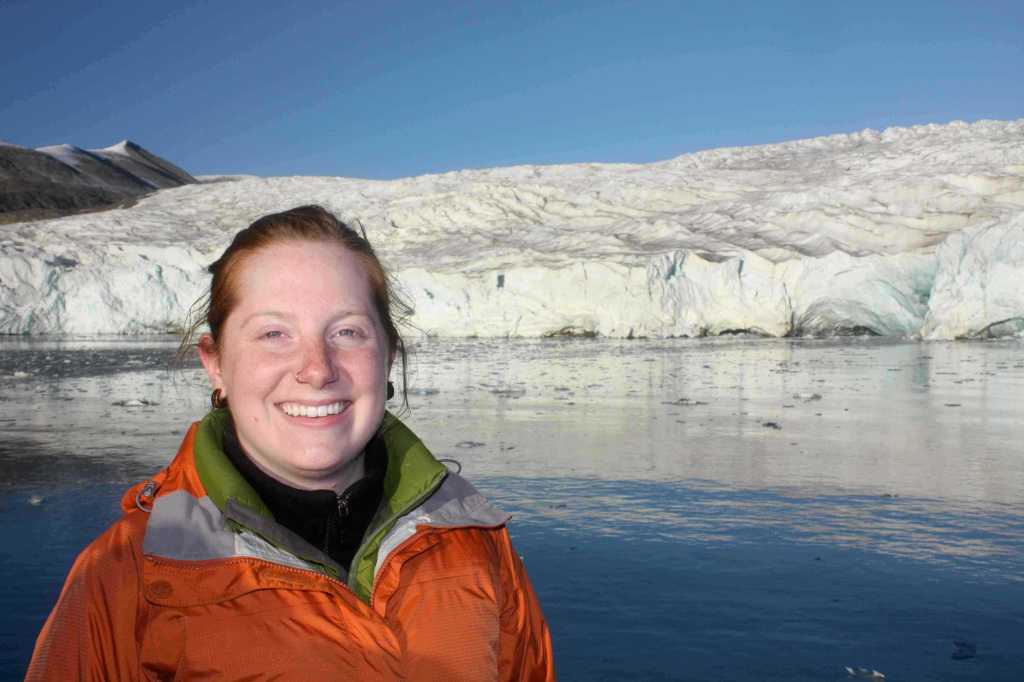
Meagan Grabowski
MSc University of British Columbia (2013-2015)
Current: Instructor and Researcher
Yukon University
Whitehorse, Yukon, Canada
Meagan used dendroecology of boreal shrub species to test the relative importance of three factors in controlling shrub growth: 1) fertilization, 2) hare herbivory, and 3) growing season temperatures.
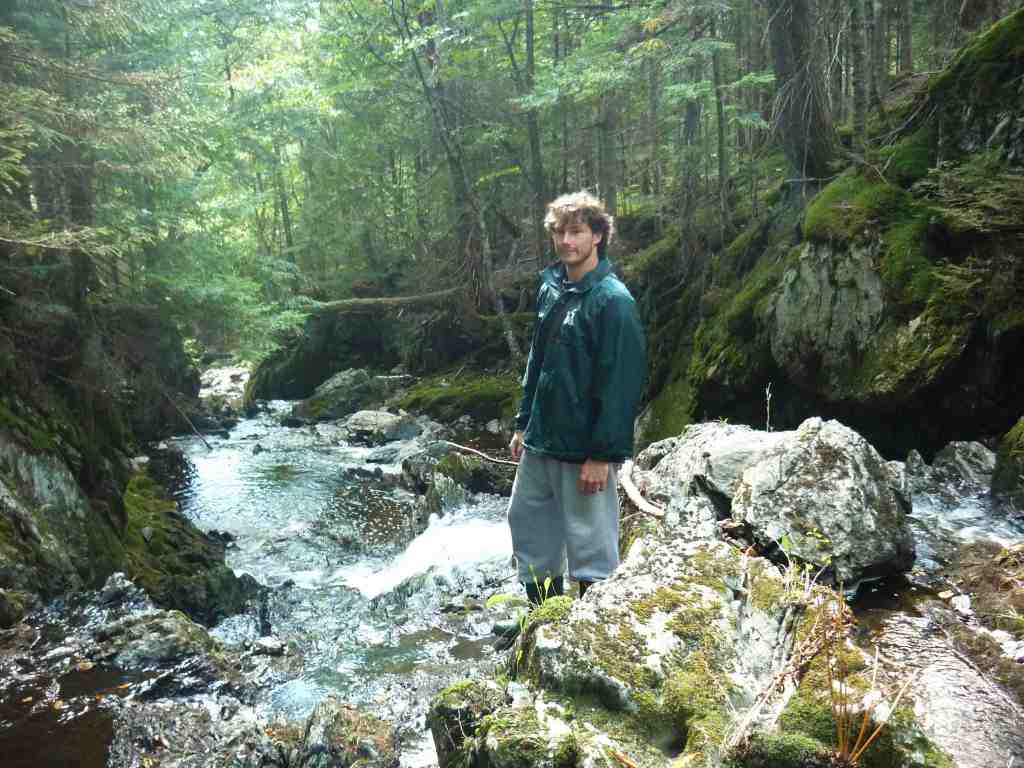
Benjamin Marquis
MSc Student (committee member)
Département de biologie
Université de Sherbrooke
Benjamin studied the climate sensitivity of tree growth at treeline in Southern Quebec. He is now a forest biologist at the Canadian Forest Service, Natural Resources Canada.
Former Undergrad Students
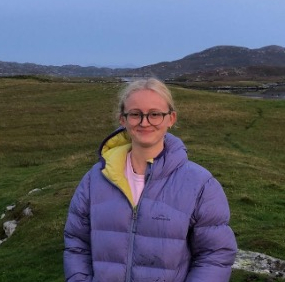
Ella Oakley Slater
Undergrad Dissertation Student
School of GeoSciences, University of Edinburgh
Using remote sensing imagery, Ella studies post fire vegetation recovery and dynamics across different latitudes in Northeast Siberia.
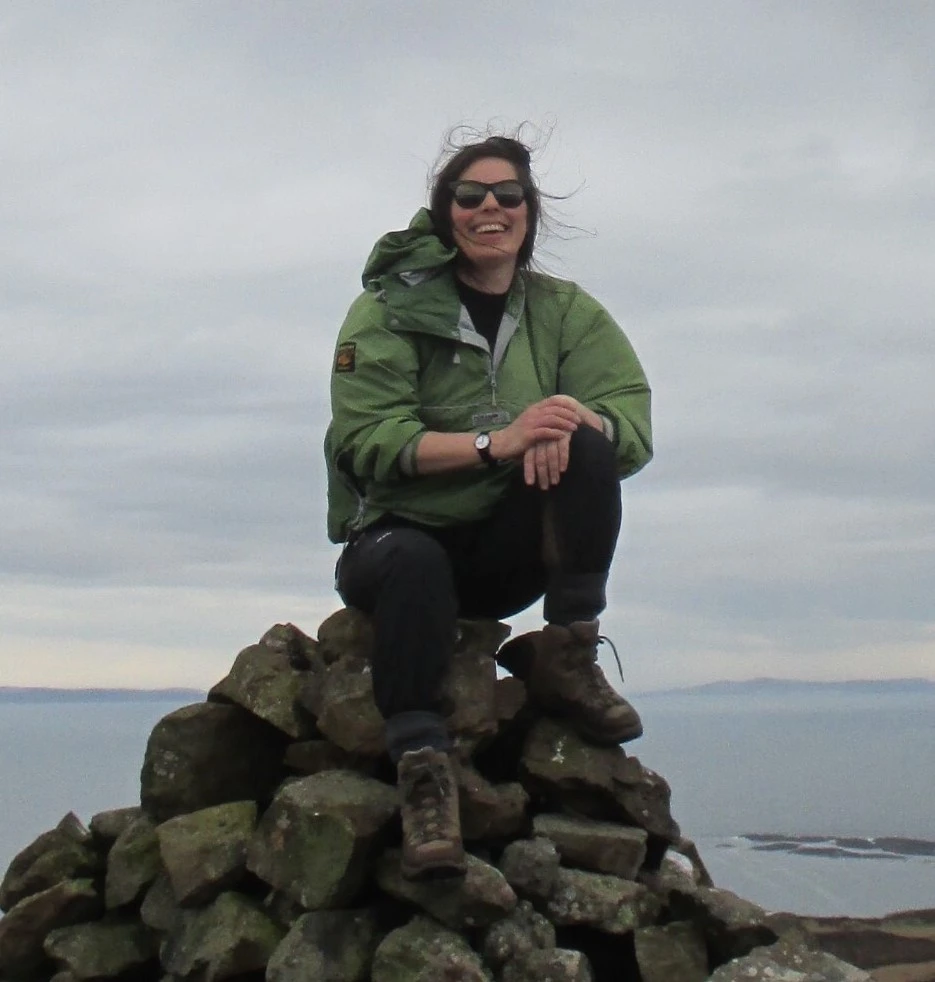
Maude Grenier
Undergrad Dissertation Student
Maude studies tundra plant phenology and how tundra plant growing seasons are changing in a warming world. Maude was a part of the Coding Club Team.
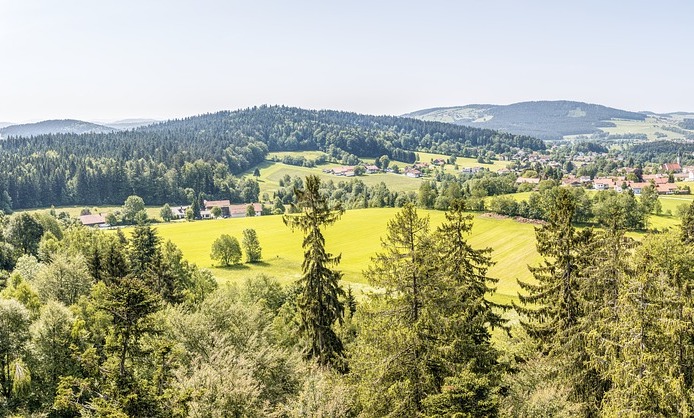
Lea Opitz
Undergrad Dissertation Student
Lea studied changes in the vegetation of grasslands within the Bavarian Forest National Park due to reinstalled grazing regimes.
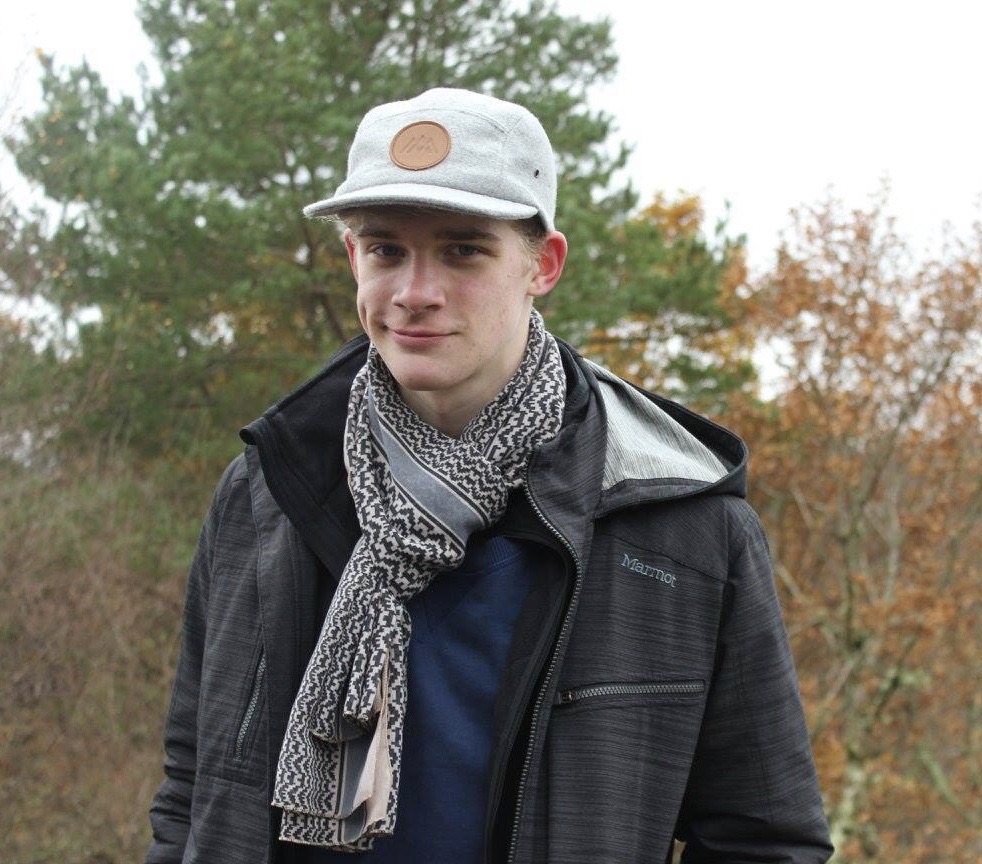
Shawn Schneidereit
Undergrad Dissertation Student
Shawn studied whether hyperspectral data capture Arctic plant biodiversity comparing in situ measurements and plot-level biodiversity records across tundra vegetation communities. Shawn was a part of the Coding Club Team. He is now studying for a Masters at Humboldt University.

Daniela Gargya
Undergrad Dissertation Student
Daniela studied global datasets of local biodiversity change in comparison with assessments of human activity. Daniela was a part of the Coding Club Team. She is now studying for an Masters at the University of Freiburg.
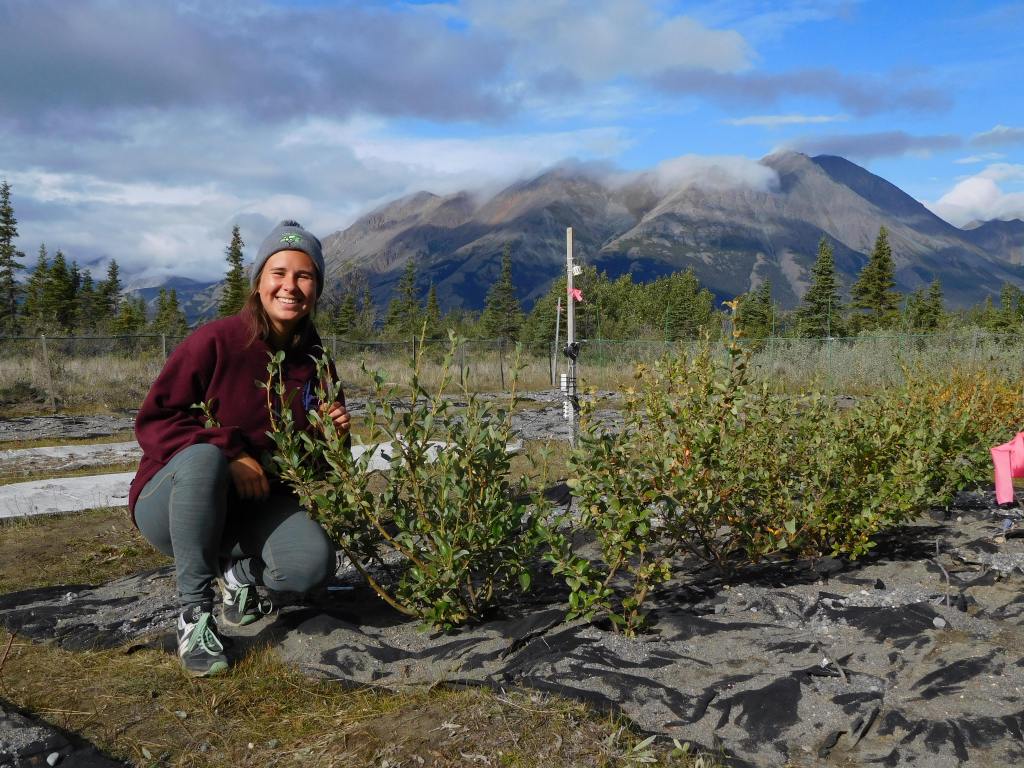
Izzy Rich
Undergrad Dissertation Student
Izzy studied land-use change with socioeconomic change in Latvia. was a Team Shrub field assistant in Kluane in 2017 where she took care of the common garden. Izzy was a part of the Coding Club Team.
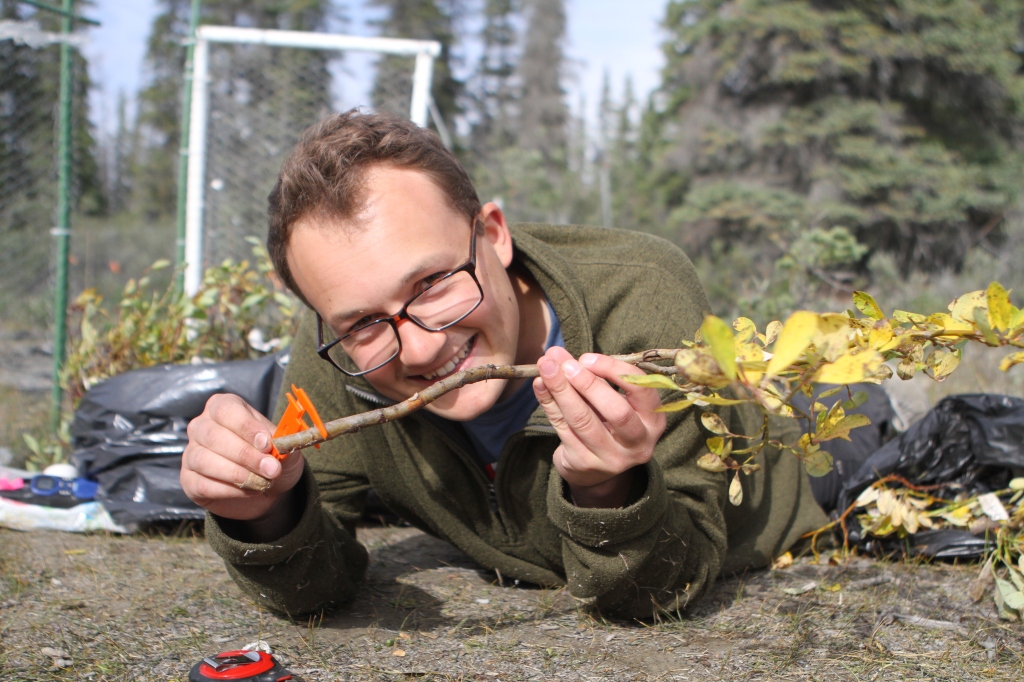
Cameron Cosgrove
Undergrad Dissertation Student
Cameron studied deforestation in the range of red pandas. He was a Team Shrub field assistant in Kluane in 2017. Cameron was a part of the Coding Club Team. He is now continuing his Canadian adventures at the University of British Columbia in an MSc.
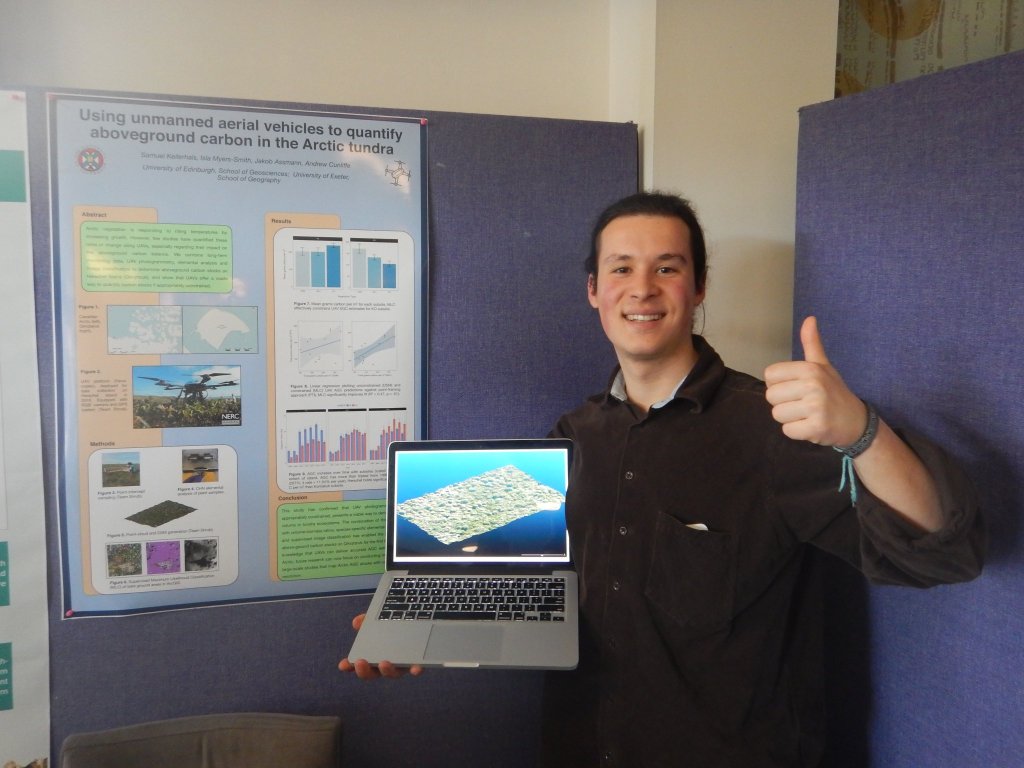
Sam Kellerhals
Undergrad Dissertation Student
Sam quantifying the above-ground carbon stored in Arctic ecosystems and in particular, on Qikiqtaruk. Sam was a part of the Coding Club Team. He has finished a Masters at the University of Amsterdam.

Claudia Meca
Undergrad Dissertation Student
Claudia studied how biodiversity and species traits vary not just across latitudes, but also along different altitudes. Claudia was a part of the Coding Club Team. She is now doing a Masters at Duke University.
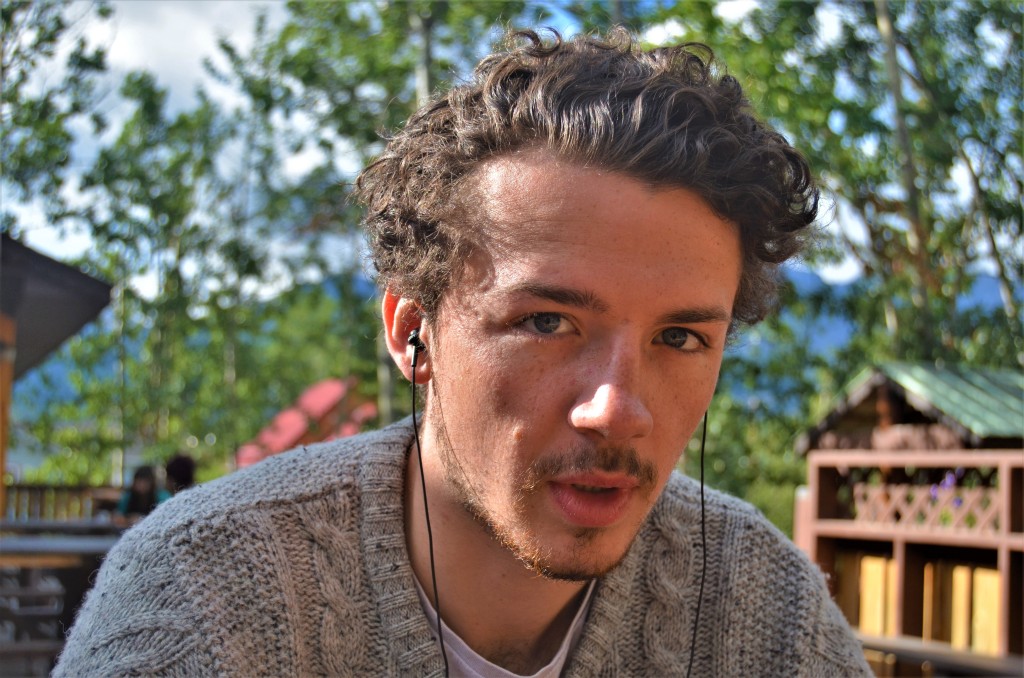
Matt Little
Undergrad Dissertation Student
Matt investigated the influence of temperature and elevation on different guilds and species of birds extend. He compared communities in Cusuco National Park, Honduras and in Kluane National Park, Canada. He was a Team Shrub field assistant in Kluane in 2017. Mat is now a PhD student at The University of Iowa.
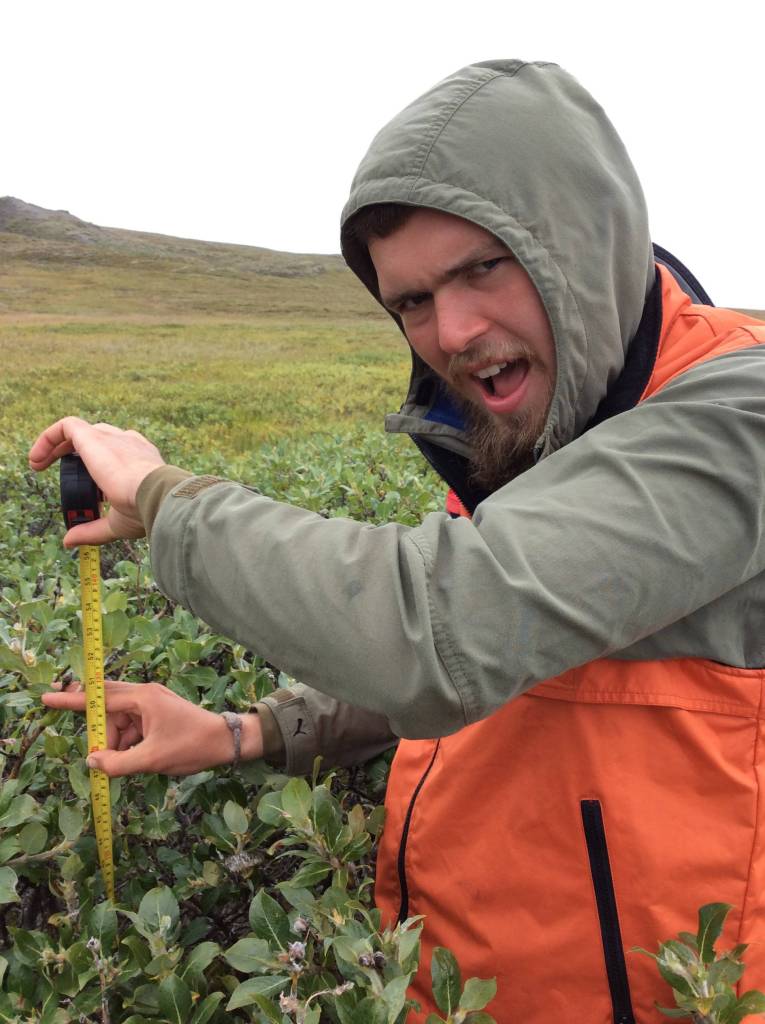
Joe Boyle
Undergrad Dissertation Student
Joe studied the connection between phenology and growth in the dwarf shrub Salix arctica. Joe was also the team shrub field assistant for the 2015 field season. He enjoys reading and long walks on the beach (and herbivory protocols…). He is now working on writing up his honours thesis as a manuscript! Joe was a part of the Coding Club Team.
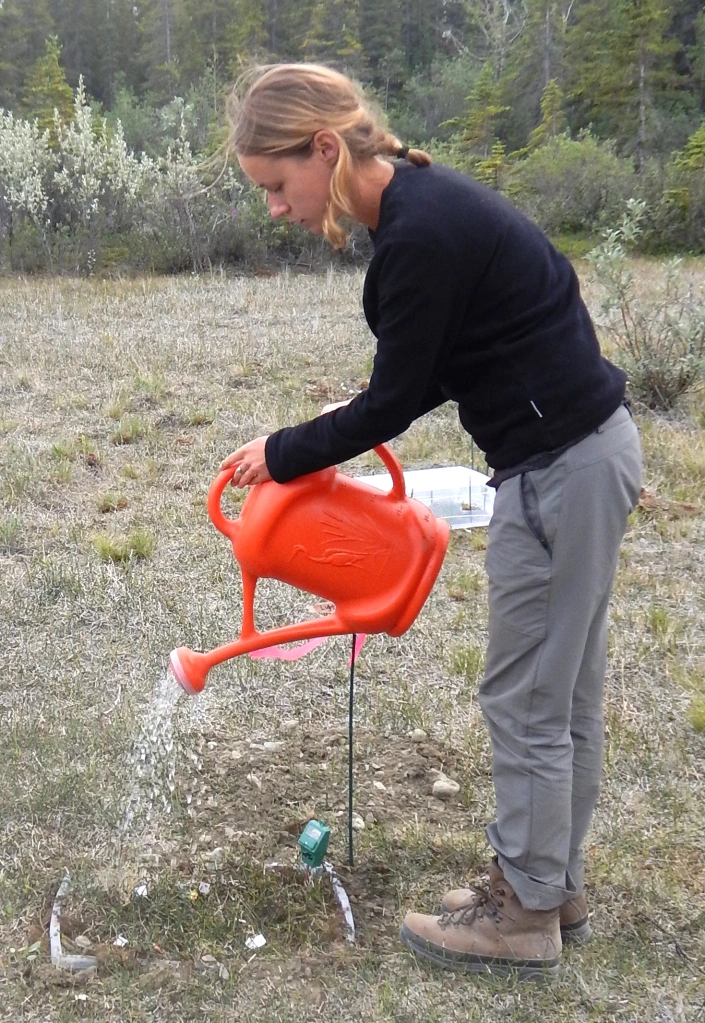
Eleanor Walker
Undergrad Dissertation Student
Eleanor studied how soil moisture and temperature influence rates of decomposition using the teabag index in boreal and tundra ecosystems. Eleanor was also the team shrub field assistant for the 2016 field season. She is also now writing up her honours thesis as a manuscript! Eleanor was a part of the Coding Club Team.
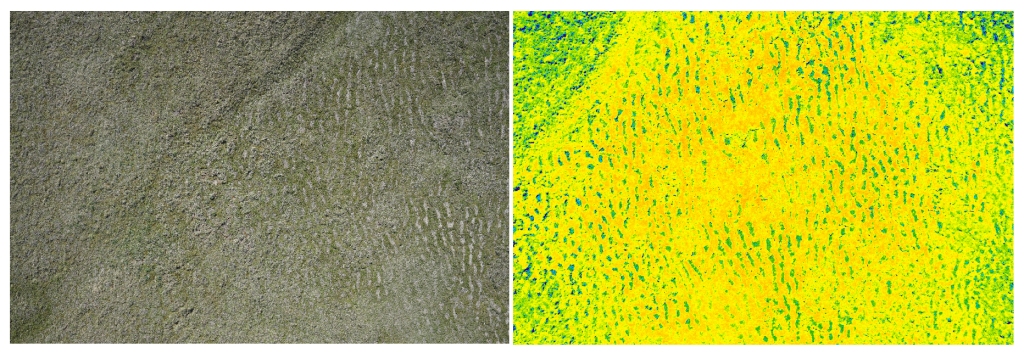
Arabella Kennard
Undergrad Dissertation Student
Arabella studied the link between soil moisture and tundra greenness using drone imagery derived digital surface models and maps of the greenness of the tundra.
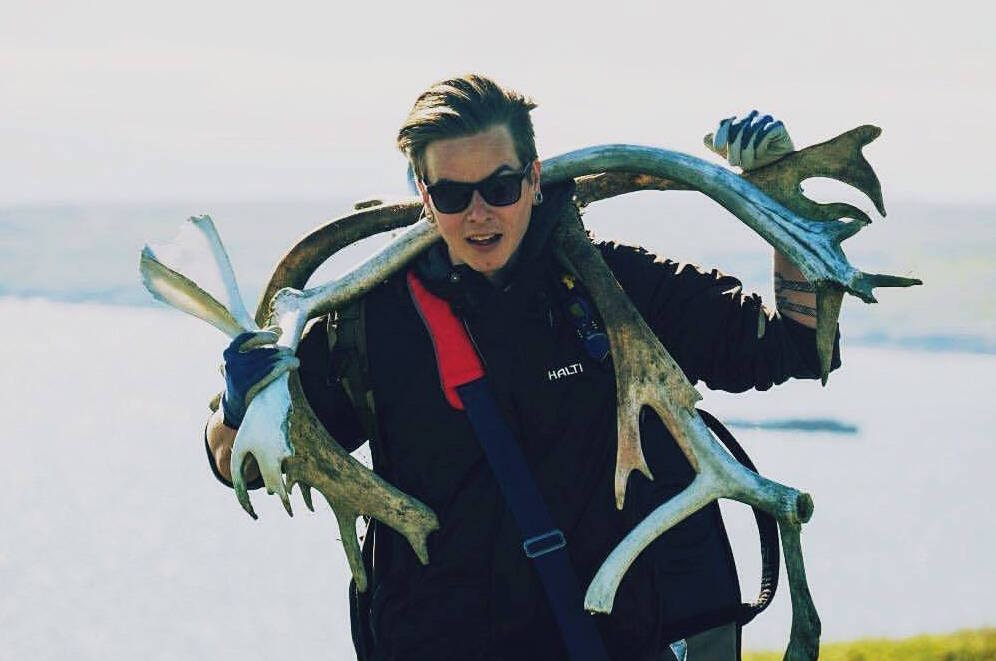
Santeri Lehtonen
Undergrad Dissertation Student
Field assistant 2015 and 2016
Lab manager 2015-2016
Santeri explored phenology change and tundra greening on Qikiqtaruk for his honours dissertation, and worked as a laboratory manager & field assistant in 2015 – 2016.
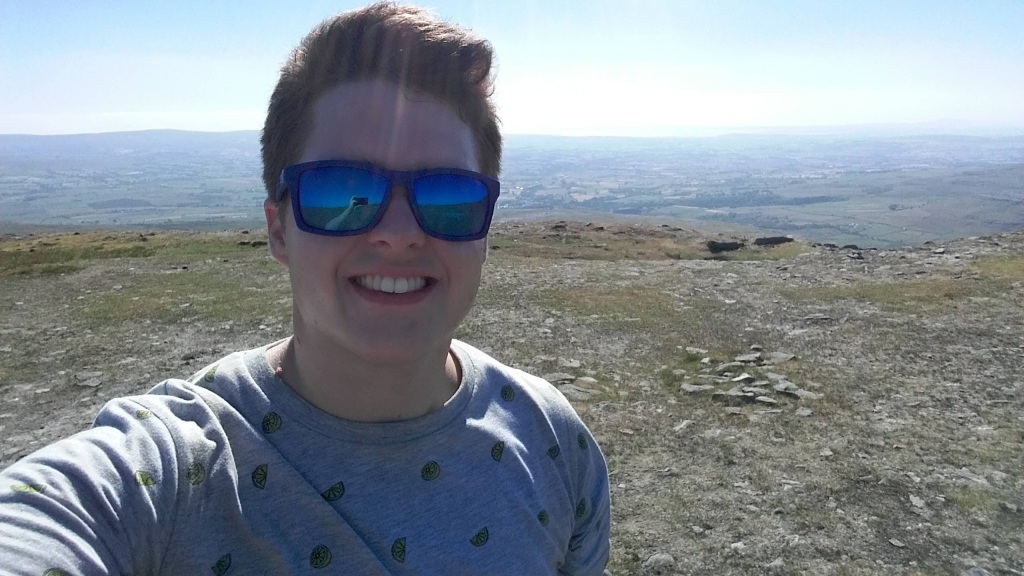
Alex Lowe
Undergrad Dissertation Student
Alex explored community-weighted specific leaf area change on Qikiqtaruk and sites around the Western Arctic.
Lab Employees
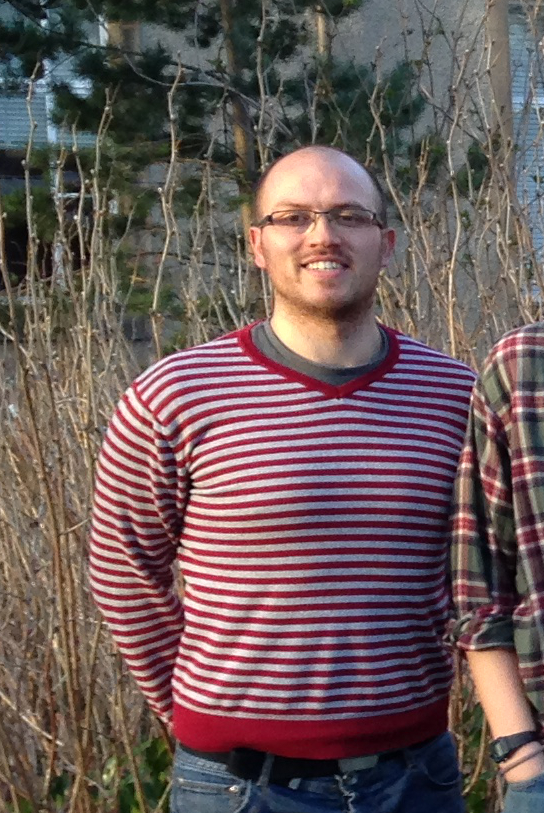
Damien Georges
Programmer/Data scientist
Damien worked with satellite imagery (NDVI), climate and species occurrence, abundance and growth data to test the correspondence between on-the-ground and remotely-sensed measures of tundra productivity.
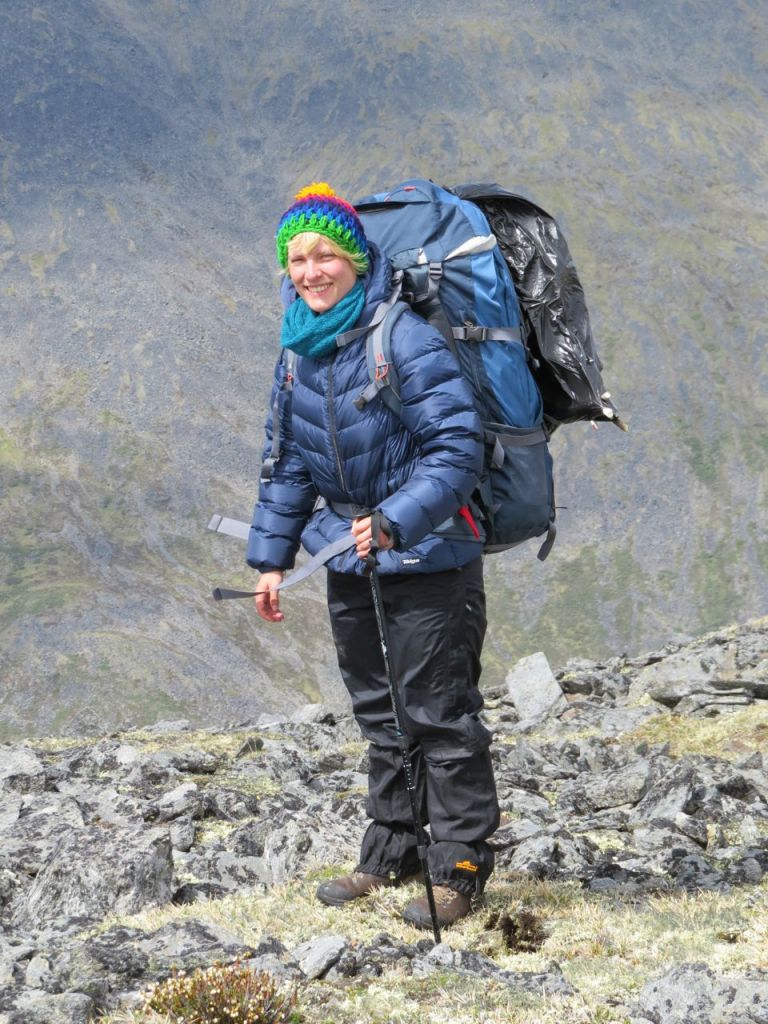
Clara Flintrop
Field Research Assistant 2014
Clara was the team shrub field assistant for the 2014 field season in the Yukon Territory. She has now finished her PhD at the Alfred Wegener Institute in Germany.
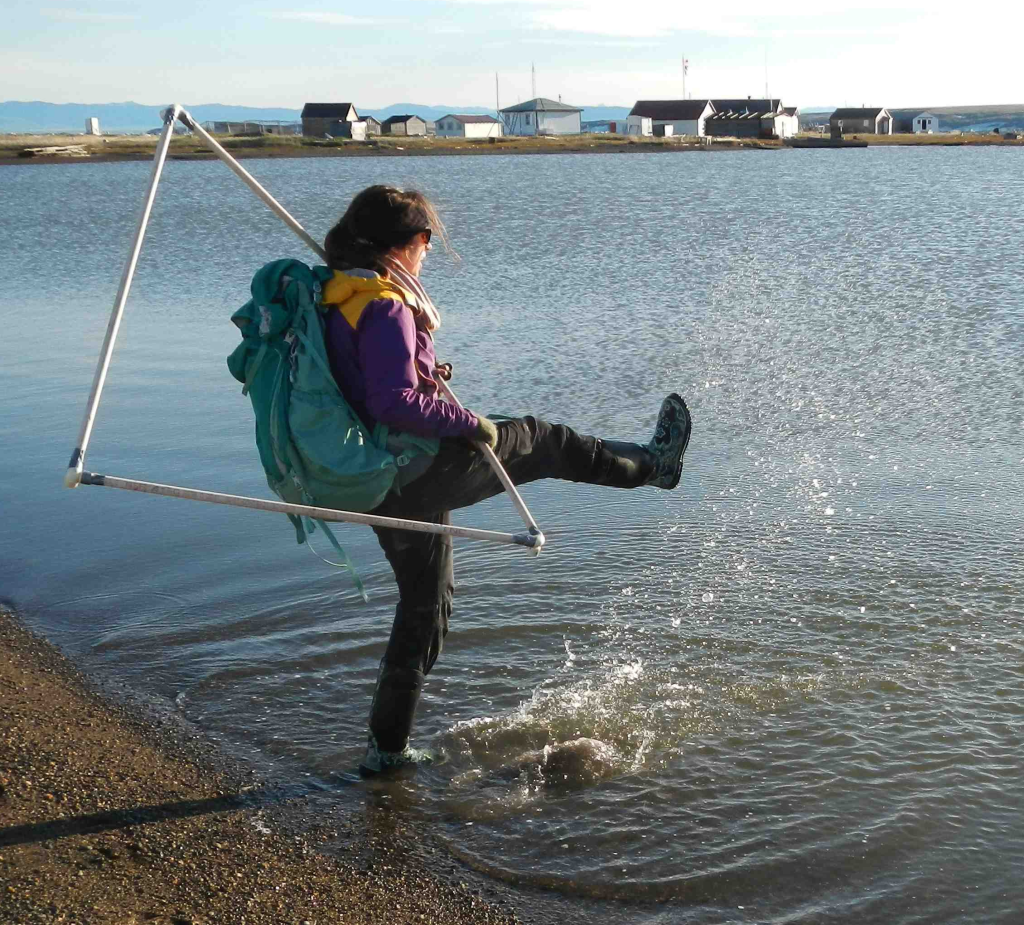
Louise Beveridge
Field Research Assistant 2013
Louise was the team shrub field assistant for the 2013 field season. In addition, she explored the prevalence of publicly accessible data in the global change ecology literature. She has now finished her PhD at the University of Leeds.
Visiting Students
Sigrid Schøler Nielsen (PhD), Aarhus University
Clara Morrissette-Boileau (MSc), Université Laval
Margrete Aakjær Christiansen (MSc), Aarhus University
Collaborators
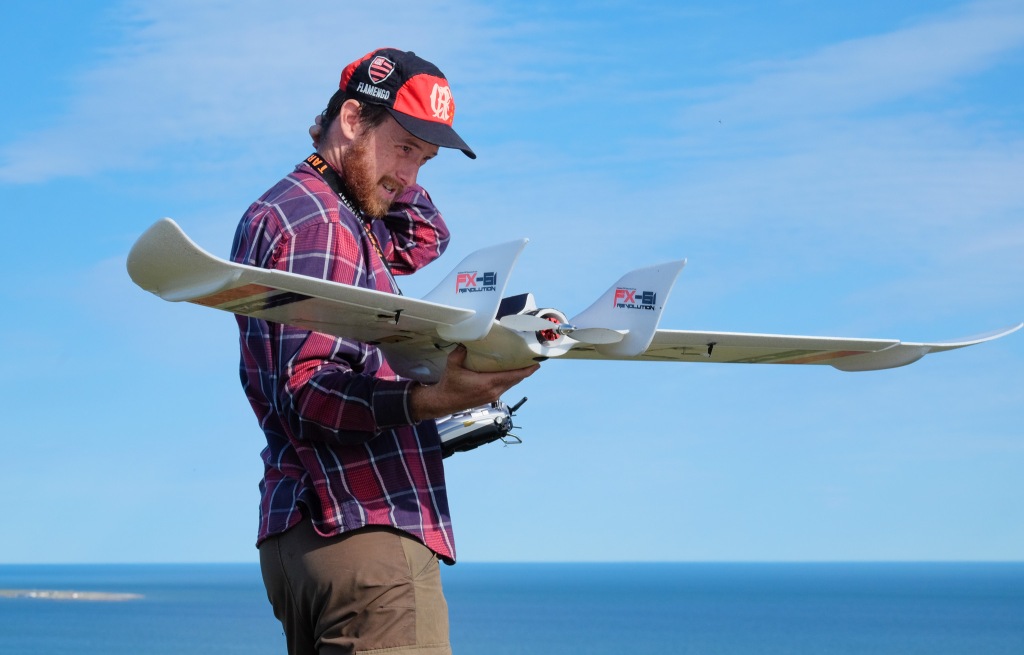
Jeffery Kerby
Aarhus University
High Latitude Drone Ecology Network
Jeff is collaborating with TeamShrub to understand the scaling of tundra greening patterns and plant phenology over space and time.
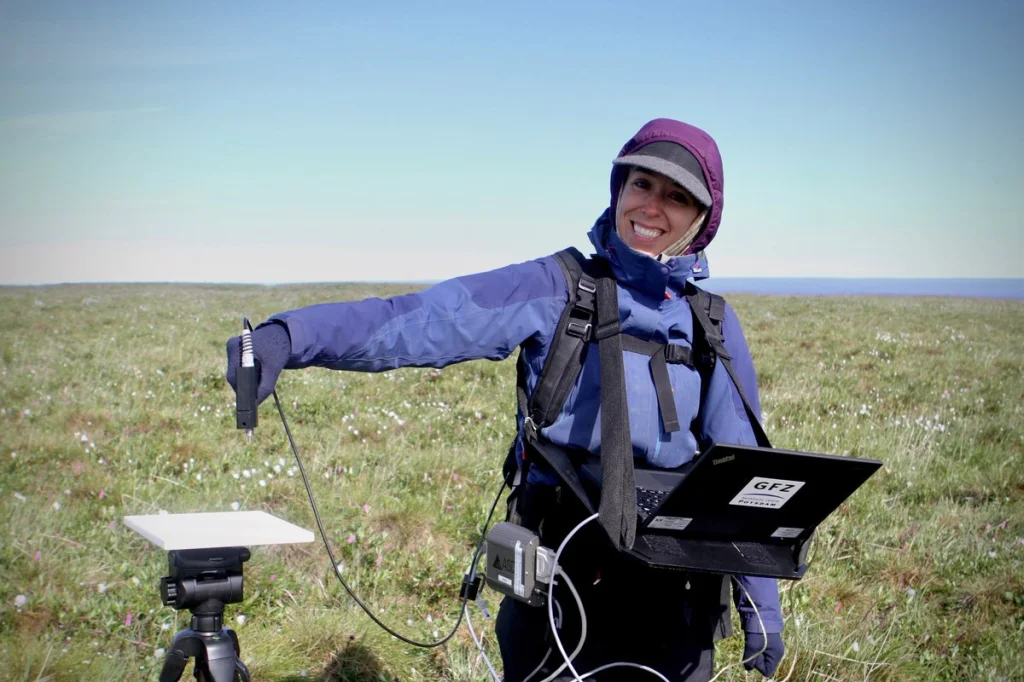
Alison Beamish
The Helmholtz Centre Potsdam – GFZ German Research Centre for Geosciences
Alison is investigating tundra spectral diversity and tundra biodiversity from remote sensing and ecological perspectives.
Some of my many other awesome collaborators:
Sarah Elmendorf, NEON – Sarah and I are co-coordinators of the Tundra Scaling Working Group funded by the German Synthesis Centre for Biodiversity Science (sDiv). The goal of the working group is to integrate on-the-ground vegetation surveys and dendroecological data with satellite imagery to ask whether wide-spread ‘greening’ observed in climatically sensitive tundra ecosystems reflects increased shrub growth caused by warming.
Signe Normand, Aarhus University – Signe, her research group and I are collaborating to understand range shifts and tundra biodiversity change and resulting functional change across the tundra biome.
Mark Vellend, Université de Sherbrooke – Mark, his research group and I are collaborating to look at the climate sensitivity of tree species along elevational gradients in Southern Quebec and with a group of collaborators to explore local-scale changes in plant species richness at sites around the world.
Gabriela Schaepman-Strub, University of Zurich – Gabriela and her research group and I are collaborating to explore tundra albedo with the High Latitude Drone Ecology Network.
Sonja Wipf and Christian Rixen, WSL-SLF – Sonja, Christian and I and other collaborators are interested in investigating biodiversity changes in species richness, composition and plant traits in tundra ecosystems.
Hugues Lantuit, AWI – Hugues, his research group and I work together in the field and are exploring permafrost-vegetation dynamics on Qikiqtaruk, Yukon.
Virve Ravolainen, Norwegian Polar Institute – Virve and I are working with others to develop shrub monitoring protocols for tundra ecosystems.
Research Networks
ShrubHub – I am involved with international collaborations with researchers working at sites around the tundra biome. We work to synthesize tundra vegetation change and in particular to quantify tundra shrub dynamics.
sTUNDRA – I led a working group at the iDiv German Synthesis Centre for Biodiversity Science, involving over 30 scientists from Europe and North America. We explored how tundra plant communities and their trait distributions are changing in response to warming, and tested the correspondence of satellite and in situ observations of tundra greening. This working group led to the Tundra Trait Team Database and papers in Nature, Nature Comms. and Nature Climate Change.
sChange – I participate in a working group funded by both the iDiv German Synthesis Centre for Biodiversity Science and the Canadian Institute for Ecology and Evolution. We investigated how biodiversity has changed in recent decades across both marine and terrestrial ecosystems. This working group led to papers in Science, People and Nature and Oikos.
Previous Blogs
Blog – Summer 2014
Field Research Blog – Summer 2013
